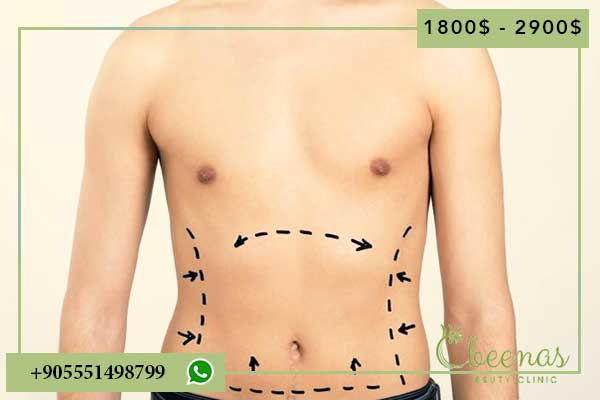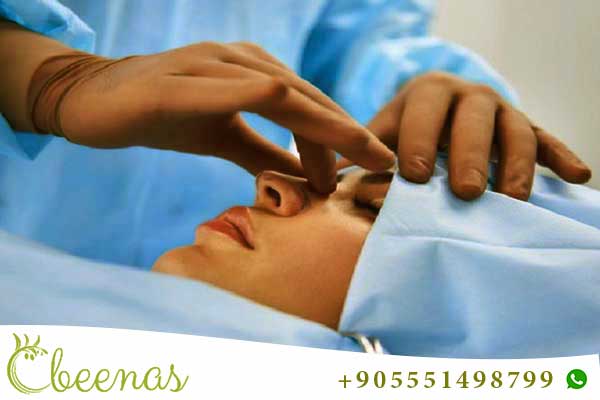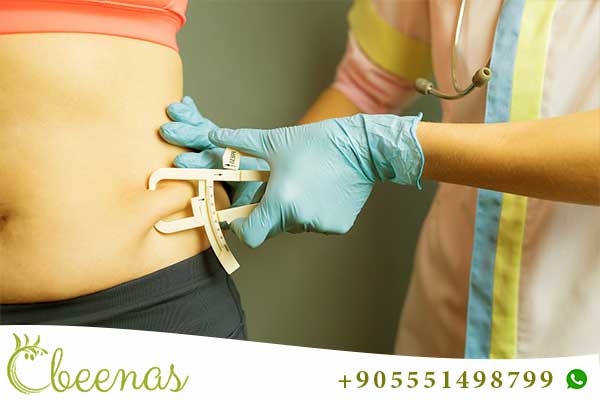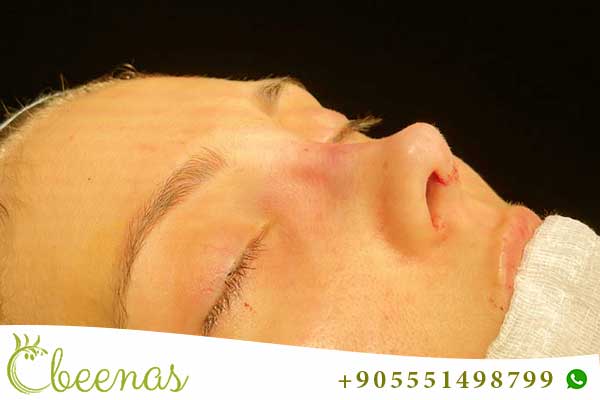What Can Go Wrong with CoolSculpting?
Thinking about CoolSculpting? Discover the surprising risks, from numbness to rare complications, and learn how to make safer, well-informed choices.
1. What is CoolSculpting?
CoolSculpting, a popular non-invasive procedure, promises to reduce stubborn fat by freezing fat cells. But despite its growing fanbase, some patients experience side effects or complications. It’s vital to understand what can go wrong and how to minimize those risks.
2. CoolSculpting Side Effects
Most CoolSculpting side effects are minor, short-term issues that resolve within a few days or weeks. They can include:
- Redness and Swelling: Common in the treated areas, typically lasting a few hours to a day.
- Numbness and Tingling: Some patients report feeling numb or experiencing tingling sensations for weeks after the procedure.
- Bruising: The applicators used in CoolSculpting apply intense suction, which can lead to temporary bruising.
- Tenderness: Some patients feel mild soreness in the treatment areas, which fades gradually over time.
While these side effects are typically minor, knowing what to expect can help set realistic expectations.
Are you looking for the best doctor and clinic?
Affordable packages for your budget…
Let us assist you on an enjoyable journey
3. Rare Risks & Complications
CoolSculpting is FDA-approved and generally safe, but rare complications do occur:
Paradoxical Adipose Hyperplasia (PAH)
PAH, the most publicized CoolSculpting risk, causes the treated area to grow rather than shrink. PAH affects around 0.03% of CoolSculpting patients and often requires surgical correction, such as liposuction, to fix the unintended bulges Anderson Sobel Cosmetic Surgery
Nerve Pain and Cold Burns
In rare cases, CoolSculpting can damage nerves in the treated areas, leading to sharp, persistent pain. Additionally, improper application can cause skin burns from extreme cold, although this is uncommon when handled by a skilled provider
Hyperpigmentation
Temporary darkening of the skin, known as hyperpigmentation, can occur post-treatment. This complication is rare but can be prolonged in patients with darker skin tones.
Hernia Formation
Though exceedingly rare, CoolSculpting can worsen or even cause hernias. If you have a weak abdominal wall or a preexisting hernia, consult your doctor before considering CoolSculpting
4. How to Minimize Risks
The best way to minimize CoolSculpting risks is by choosing a qualified provider:
- Look for Experienced Practitioners: Ensure that your provider is certified and has ample experience with CoolSculpting. Look for patient reviews and ask about their success rates.
- Consultation Matters: A good provider will discuss risks and side effects, answer questions, and provide before-and-after photos specific to their practice.
- Verify Equipment: The latest CoolSculpting machines have updated safety features that may reduce risks like PAH. Verify that your provider uses the latest technology.
Pro Tip: Don’t be shy about asking detailed questions. As Dr. Michele Green explains, quality providers will focus on patient education and realistic expectations
5. Who Should Avoid CoolSculpting?
Not everyone is a good candidate for CoolSculpting. Avoid the procedure if you:
- Are Pregnant or Breastfeeding: CoolSculpting is not recommended during these times.
- Have Cold-Induced Conditions: Conditions like Raynaud’s syndrome can lead to severe side effects when exposed to extreme cold.
- Have Loose Skin or Scars: The applicator may struggle to adhere in areas with scars or significant skin laxity, reducing effectiveness.
- BMI Over 30: Those with a higher body mass index might see better results from other procedures, as CoolSculpting is more effective on smaller fat deposits.
If any of these contraindications apply to you, discuss alternative fat-reduction options with your provider.
6. Comparison of CoolSculpting Costs
CoolSculpting costs vary based on the area treated, with an average cost between $600 and $3,000 per session. Here’s a quick comparison of CoolSculpting with other popular body contouring options:
| Treatment | Average Cost per Session | Invasiveness | Recovery Time |
|---|---|---|---|
| CoolSculpting | $600 – $3,000 | Non-invasive | Minimal |
| Liposuction | $2,000 – $5,000 | Surgical | 1-2 weeks |
| Laser Lipo | $1,500 – $4,500 | Minimally invasive | 2-5 days |
| Kybella | $1,200 per vial | Non-invasive | 3-5 days |
CoolSculpting is cost-effective for smaller areas but may require multiple sessions to achieve desired results.
7. Personal Stories and Experiences
Real experiences shed light on what the CoolSculpting journey is really like. For instance, Linda Evangelista, a famous model, shared her struggles with PAH, bringing awareness to this rare but impactful complication. Others have expressed surprise at lingering numbness or pain, underscoring the importance of choosing a reputable provider.
These stories emphasize the unpredictability of cosmetic procedures, even minor ones. They highlight that while CoolSculpting works for many, each patient’s experience is unique
8. FAQs About CoolSculpting Risks
Q: Can CoolSculpting permanently damage nerves?
A: Though rare, some patients experience nerve pain after treatment. This pain is usually temporary and resolves within weeks, but severe cases may last longer.
Q: How common is Paradoxical Adipose Hyperplasia (PAH)?
A: PAH is rare, affecting roughly 1 in 3,000 patients. It’s often correctable with surgery, but it’s important to understand that it’s not a reversible side effect of CoolSculpting.
Q: Is CoolSculpting worth the risk?
A: CoolSculpting can be an effective way to reduce localized fat, but it’s essential to weigh the risks. Consulting a qualified provider and discussing potential outcomes can help you make an informed choice.
Q: Does insurance cover CoolSculpting complications?
A: Cosmetic procedures like CoolSculpting are usually not covered by insurance, including any complications that may arise. However, some providers offer corrective plans for adverse outcomes.
9. Conclusion What Can Go Wrong with CoolSculpting?
CoolSculpting may sound like a dream come true for fat reduction, but it’s essential to understand what can go wrong. From common side effects like swelling and tenderness to rare complications such as PAH and nerve pain, informed decision-making can help you balance the risks with the potential benefits. Ultimately, if you choose CoolSculpting, ensure that your provider is experienced and transparent, giving you a safe path toward achieving your body contouring goals.
Do you want the best clinic and doctor
A price package suitable for your budget
Let us help you have an enjoyable journey
For additional information about CoolSculpting and related cosmetic treatments, consider visiting American Society for Aesthetic Plastic Surgery.
By making well-researched choices and preparing for all possible outcomes, you’re one step closer to a confident and informed journey with CoolSculpting.






